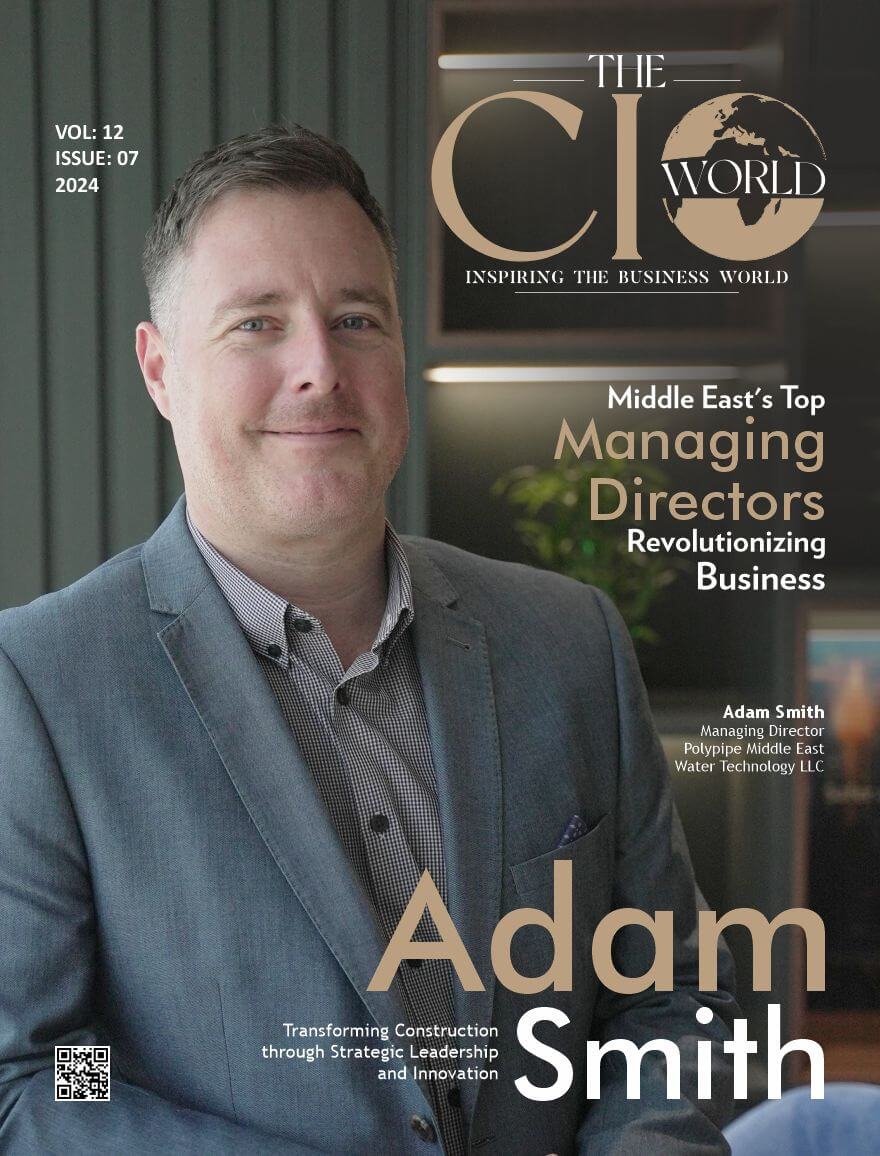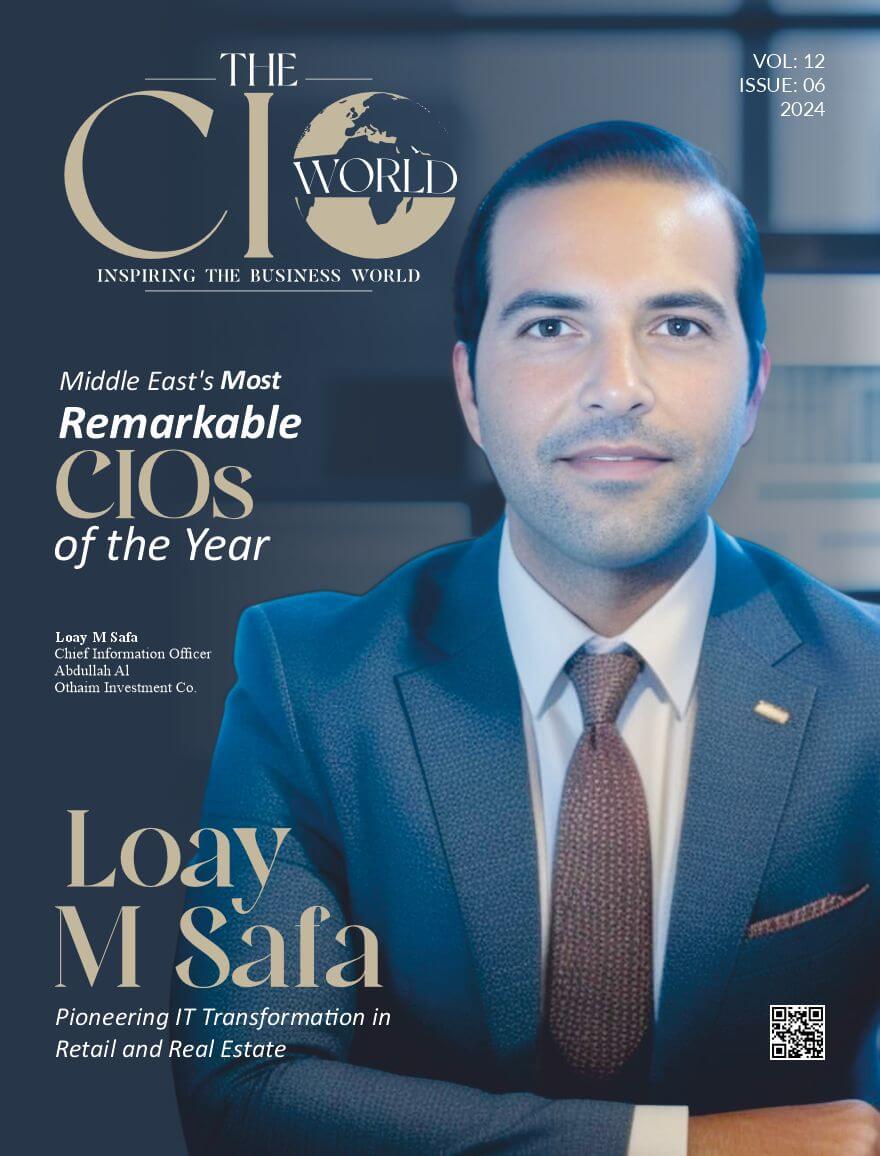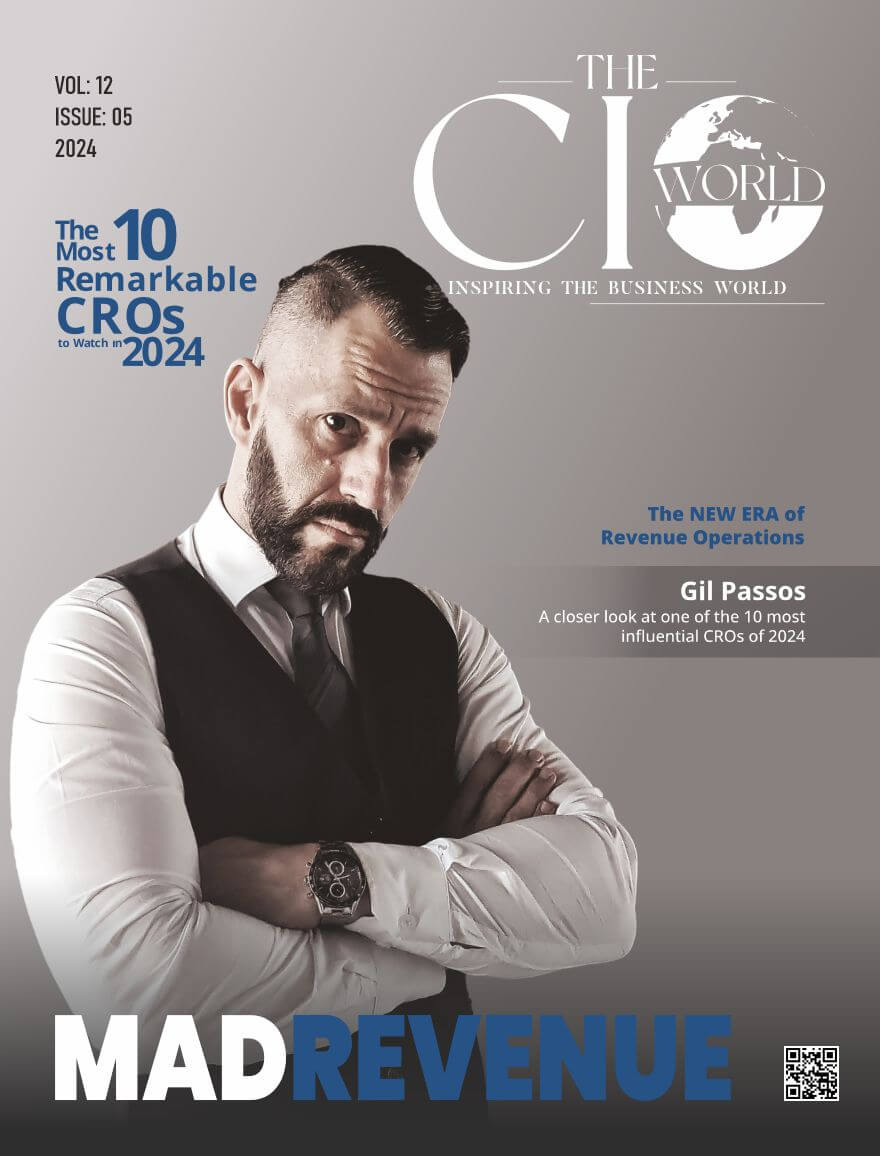What’s changed in the workplace over the last few years, largely driven by more-astute employee expectations. CEOs who want their companies to thrive are leading efforts in aligning with new workforce expectations. How leaders respond to change and what this means for the future of work are explained in this article.
Understanding Employee Expectations
The face of work has dramatically changed, mostly as a result of the global pandemic. Employees no longer want to be paid; they want purposeful work; flexibility; and supportive environment. A recent survey shows that 70% of employees still look forward to work-life balance, and 65% consider mental health support in their workplace as a necessity. This also reflects some reflection of what employees now value most.
Accepting Flexibility
Perhaps the most significant change in the expectations of the employees regarding their organization is this concept of flexibility. So many workers are used to remote or hybrid models, and this has made CEOs think through the traditional office structures. Companies that used to stick by the established requirement of physical presence in the office are now offering work-from-home options and flexible working hours.
This is not only a response to the desires of employees, but it is also a strategic business move. According to recent studies, organizations with flexible work arrangements experience a 25% increase in productivity. Giving the employees a choice as to where and when they work will make companies develop an environment that fosters satisfaction as well as performance.
Prioritizing Mental Health
Due to the pandemic, mental health has become one of the key concerns for employees. It has, thus brought many organizations into the limelight because of care for employees’ mental health issues in the pandemic period. This is causing quite a few organizations’ CEOs to understand the need to set an atmosphere where the workers can address their mental health issues.
Companies that have invested in mental health resources tend to have lower turnover rates and higher employees’ engagement. For instance, the absenteeism rate decreases by 30 percent for organizations that provide mental health support. Apart from enhancing employee well-being, investing in mental health initiatives is one of the ways through which CEOs enhance the well-being of the workplace.
Encouraging Diversity and Inclusiveness
The most relevant shift in expectations of workers currently is the demand for inclusion and diversity within an organization. People want to work for organizations that reflect the values of equality with which people live. Thus, most CEOs have begun to implement diversity and inclusion programs to make the workplace equitable.
Business teams differ in findings, but a fact comes in that diverse teams outperform less diverse teams by 35%. This statistic points to the business case of diversity, which states that a higher diversity leads to increased innovation and better decision-making. This can be approached by the CEOs themselves as an improvement in overall company performance and the capability to attract the best talent in the workforce.
Improving Communication
Communication is the backbone of any organization, especially when there is the feeling of change. Employees now expect leaders within companies to be transparent with regard to how policies and decisions are being made within the company. Due to this, many CEOs are increasingly adopting more open communication strategies.
Through the town hall meetings or digital tools, employees are aware of company developments. Research reveals that organizations with a robust communication practice have an employee engagement level of 47%. Through the communication process in such contexts, the CEOs can establish trust and make their employees feel that they belong.
Investment in Professional Growth
It is now the expectation from the employees to receive more opportunity within the organization. Therefore, employees should be provided with the possibility to grow and develop. Facts have proven that 94% of employees will stay in a company when it invests in developing their career. Having this in mind, most CEOs have been training programs and mentorship initiatives.
Using some of the benefits as professional development opportunities will help the employees to develop their skills as the company builds a high morale and increases the retention rate. It has been accounted that companies with good, well-cultivated learning cultures hold 30-50% chances of retaining the staff comparing that to companies without a learning culture.
Benefits Customization
The offerings that an organization gives to its workers keep on changing with the shifting expectations of workers. Workers today want more than health insurance and retirement plans. Many CEOs are adding wellness programs, student loan help, paid parental leave, and much more to their benefit offers.
A survey indicated that 80% of employees would rate the following factor as very important for choosing an employer: “Benefits.” In this regard, any benefit package designed appropriately will attract and retain more top talent, while fostering loyalty from existing employees.
Building a Good Company Culture
In addition, a positive company culture built through all of these elements is the ultimate requirement to realize the expectation held by employees. The workers are interested in associating with an organizational mission or purpose and with organizational values. By instilling shared values and collaboration, CEOs help form the very culture they will need to harness to realize their goals.
According to research, employees in companies with strong company cultures report that they are 30% more likely to be satisfied and engaged with their work. Culture-building initiatives such as community service projects and team-building activities can help attract employees who value such an environment, as one created by a good CEO. Conclusion
Changes in employee expectations encompass multiple challenges and opportunities for CEOs involved in every industry. A factor such as flexibility, prioritizing mental well-being, inclusivity, communication, professional development, changes in benefits packages, and the development of company culture are valid responses on the part of leaders to this change.
It is in this shift that people increasingly recognize that satisfying employee expectations is no longer a simple matter of what’s on the policy list, but rather what work environment individuals are invested in. These practices help companies position themselves for long-term success while producing a loyal and engaged workforce capable of working together to overcome the difficulties of the future.







